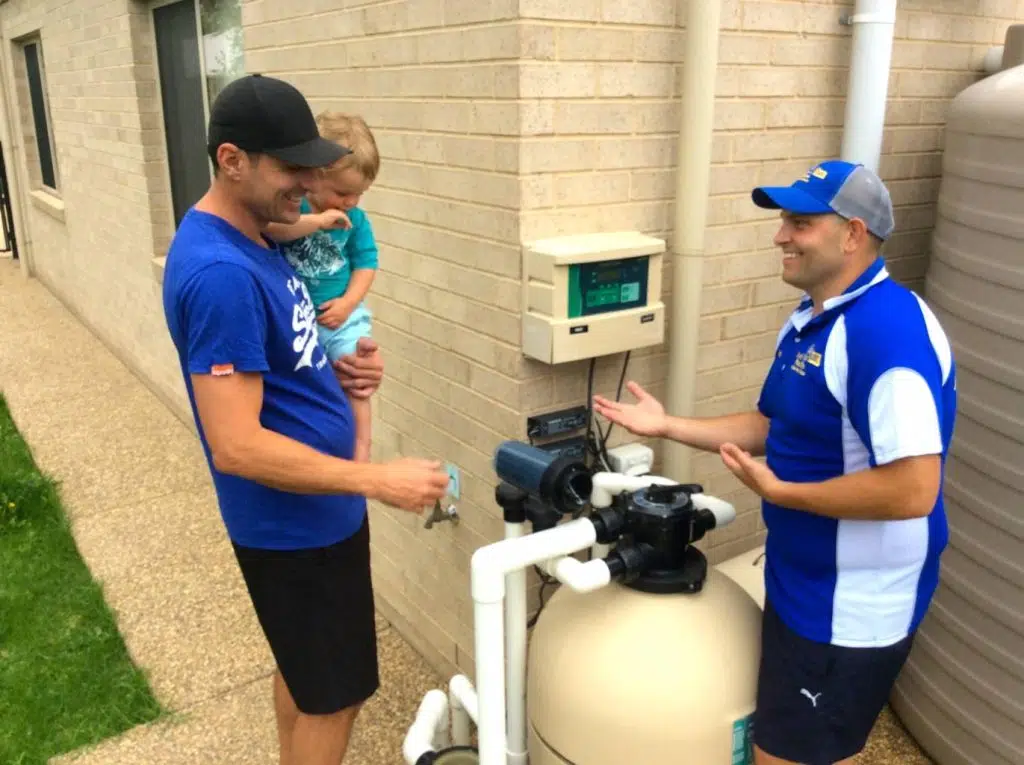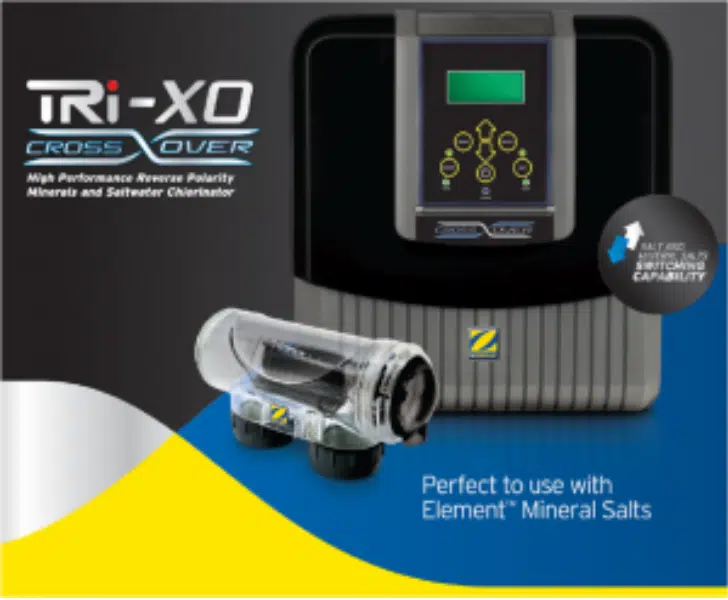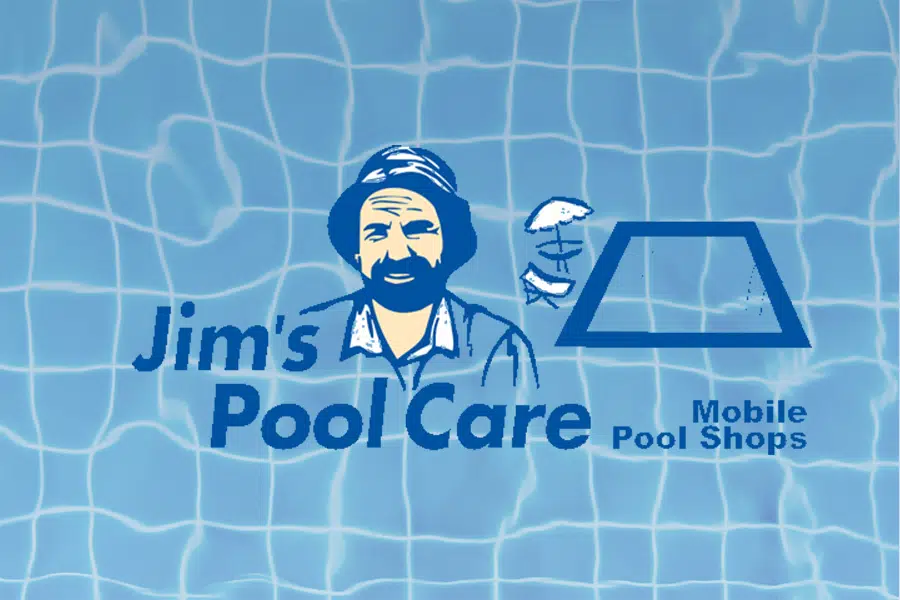
Salt Pool Chlorinators
Salt Pool Chlorinators
Salt chlorinators use the process of electrolysis, or if you prefer, chlorine generators, are an automatic system rather than manually sanitising your pool with granular or liquid chlorine.
The electrolysis procedure is accomplished by passing the salt water solution through an electrolytic cell which changes the sodium chloride (salt) in the water to become sodium hypochlorite (liquid chlorine). So, you are in fact creating your own chlorine to sanitise the pool.

The cell typically contains a clear plastic housing containing the electrodes, consisting of an anode, and a cathode made from or coated with exotic metals like platinum, titanium and aridium. The cell and electrodes may be differing in size and configuration, reliant on the brand of chlorinator, however the principles of their operation are still the same.
Many chlorinators these days are prepared with controls to adjust the amount of chlorine produced and depending on the individual requirements, are fitted with a gauge so you can see the set level.
Some units come with time clocks and in-built facilities for pool lights, and other more sophisticated options.
Remember, pick the one that most suits your requirements, pool size (is critical) and budget but also reflect your lifestyle and how you aim to use your pool.
Many factors will affect the selection of a salt chlorinator.
- The size of the pool or spa- bigger pools needs bigger chlorinators
- Bathing load- heavy loads consume more chlorine
- Size of the filtration system- bad water flow will require longer running time
- Summer water temperature- high temperature and strong sunlight cause faster loss of available chlorine
The amount of salt needed for the salt chlorinator to create enough chlorine varies, depending on the type of chlorinator. Nearly all models only need weak salt solutions of from 0.3% to 0.7% (3,000 ppm to 7,000 ppm) to successfully produce chlorine and chlorinate a pool. These levels are around one seventh the levels of salt in sea water.

The manufacturer’s recommendations must be strictly followed to evade damage to the chlorinator and to guarantee efficient chlorine production.
Replacement salt is only needed to replace normal consumption and loss from filter backwashing splash outs and any overflow due to rainfall.
Though there are some maintenance free cells available, such as reverse polarity chlorinators, many brands of cells will need cleaning periodically, to remove calcium deposits which build up on the electrodes because of the electrolysis process. This cleaning is typically accomplished by soaking the electrodes in a weak acid solution. The manufacturer’s instructions must be strictly adhered in regarding cleaning, to evade damage to the assembly.
The necessities for chemical balance are the same for electrolytic chlorination, as for common chlorinated pools. pH, total alkalinity, calcium hardness and chlorine levels ought to be checked frequently. Chlorine stabiliser (isocyanuric acid) should be added to the pool and maintained at approx. 30-50ppm to reduce chlorine loss due to UV rays.
During periods of high bather load it may be essential to manually supplement with liquid chlorine, or shock dose with a granular product to sustain correct chlorine levels, and regular super chlorination or shock dosing should be carried out. If using a granular product ensure you read carefully and do not add straight to the pool surface such as Vinyl or Fibreglass pools.
A Salt Water Chlorinator is by far a better solution to manually dosing your pool and will even out the extreme lows and extreme high levels by manually adding chlorine. They are worth the investment and if you want to know more please call Jim’s Pool Care on ph: 131546 and we would be happy to provide an onsite quote of we have a technician in your area.
Book Two Classes for $2!
Get to know our studio before you commit to becoming a regular student. We can’t wait to meet you!
Client Testimonies











